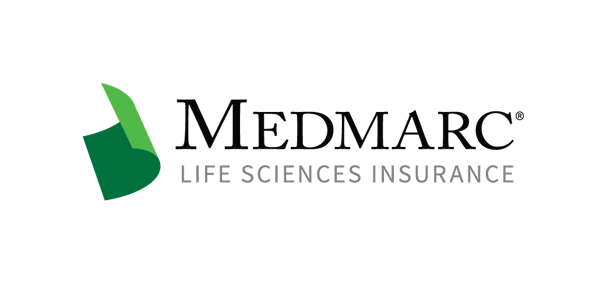Three Years Since the Draft Guidance was Released, FDA Issues their Final Guidance Document on Clinical Decision Support Software
On September 28, 2022, FDA released their 26-page final guidance document titled, “Clinical Decision Support Software.” This much anticipated final guidance document aims to set out which types of software will be regulated as clinical decision support software (CDS) based on the types of software that will be categorized as non-CDS. The document uses section 520(o)(1)(E) of the Food Drug & Cosmetic Act (FD&C Act) and, in doing so, focuses on clarifying which types of software are excluded from the device definition. FDA looks at four non-device criteria to decide which types of software are non-CDS. The four criteria, which must all be met, determine that software will be considered non-CDS if it is:
(1) not intended to acquire, process, or analyze a medical image or a signal from an in vitro diagnostic device or a pattern or signal from a signal acquisition system (section 520(o)(1)(E) of the FD&C Act);
(2) intended for the purpose of displaying, analyzing, or printing medical information about a patient or other medical information (such as peer-reviewed clinical studies and clinical practice guidelines) (section 520(o)(1)(E)(i) of the FD&C Act);
(3) intended for the purpose of supporting or providing recommendations to a health care professional about prevention, diagnosis, or treatment of a disease or condition (section 520(o)(1)(E)(ii) of the FD&C Act); and
(4) intended for the purpose of enabling such health care professional to independently review the basis for such recommendations that such software presents so that it is not the intent that such health care professional rely on any such recommendations to make a clinical diagnosis or treatment decision regarding an individual patient (section 520(o)(1)(E)(iii) of the FD&C Act.
In addition to the final guidance document, FDA instructs medical device manufacturers on how to determine whether their devices can be categorized as CDS by providing examples and by providing a useful and detailed graphic titled, “Your Clinical Decision Support Software: Is It a Device?”
The guidance document uses language that is far broader than the 2019 draft document, thereby allowing for more software to fall under FDA’s regulatory authority. What may surprise interested stakeholders is the fact that the final guidance document diverges drastically from the 2019 draft guidance document. It outlines a different decision-making process than the prior draft document. Given how much the regulatory language diverges in the final document, many stakeholders are upset that FDA did not issue a re-proposal to get feedback from the industry prior to finalization .
It would be prudent for medical device manufacturers that use software in any capacity as part their device’s function to engage with legal counsel to determine how their software may be regulated by FDA. Note that this guidance document does not alter the fact that many CDS and non-CDS devices will continue to be regulated by current digital health policies. As respects products liability risk management, compliance with applicable FDA regulations is essential to ensuring that life sciences products are defensible in the event of a claim.
For additional resources contact the Marketing department
Phone: 888-633-6272
Medmarc is a member of ProAssurance Group, a family of specialty liability insurance companies. The product material is for informational purposes only. In the event any of the information presented conflicts with the terms and conditions of any policy of insurance offered from ProAssurance, its subsidiaries, and its affiliates, the terms and conditions of the actual policy will apply.
Copyright © 2025 - Medmarc
